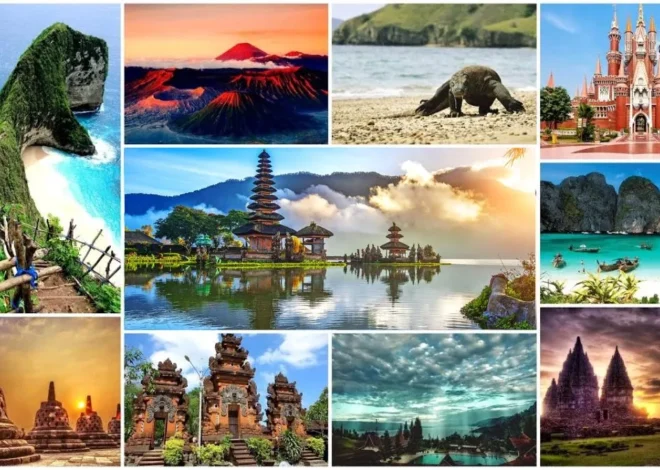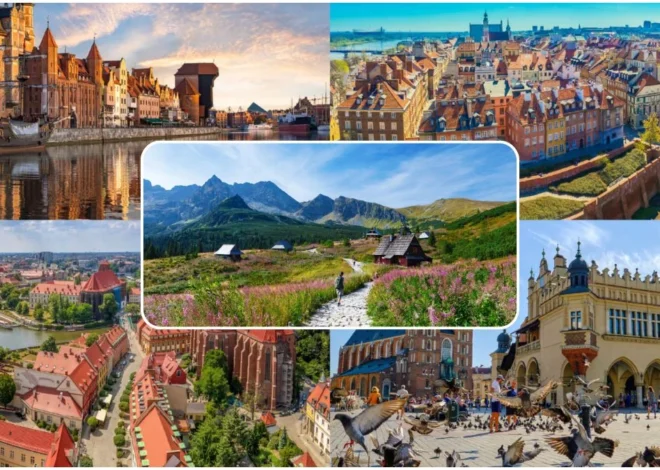
Top 12 Best Places to Visit in Croatia for Adventure, Beaches, and History
From medieval towns to untouched landscapes, Croatia is a destination that feels like a beautiful blend of history and natural wonder. Its lively capital, Zagreb, hums with creativity, filled with museums, art galleries, trendy restaurants, and some of the best shopping streets in the country. Along the glittering Adriatic coastline, ancient port towns reveal stone-built Venetian architecture, while the pebbled beaches invite travelers to dive, windsurf, and sail under the Mediterranean sun. Flextopics highlights the best places to visit in Croatia, from famous hotspots to hidden gems.
Dubrovnik Old Town Walls
No trip to Croatia feels complete without walking the majestic walls of Dubrovnik, the country’s most famous coastal gem and a UNESCO World Heritage site. Enclosed by solid medieval fortifications, the Old Town is a maze of marble streets and terracotta rooftops. A stroll along the two-kilometer wall reveals breathtaking views of the Adriatic Sea shimmering below. Wear comfortable shoes, bring your camera, and get ready to be awed by the city’s cinematic beauty it’s no wonder Dubrovnik starred as “King’s Landing” in Game of Thrones.
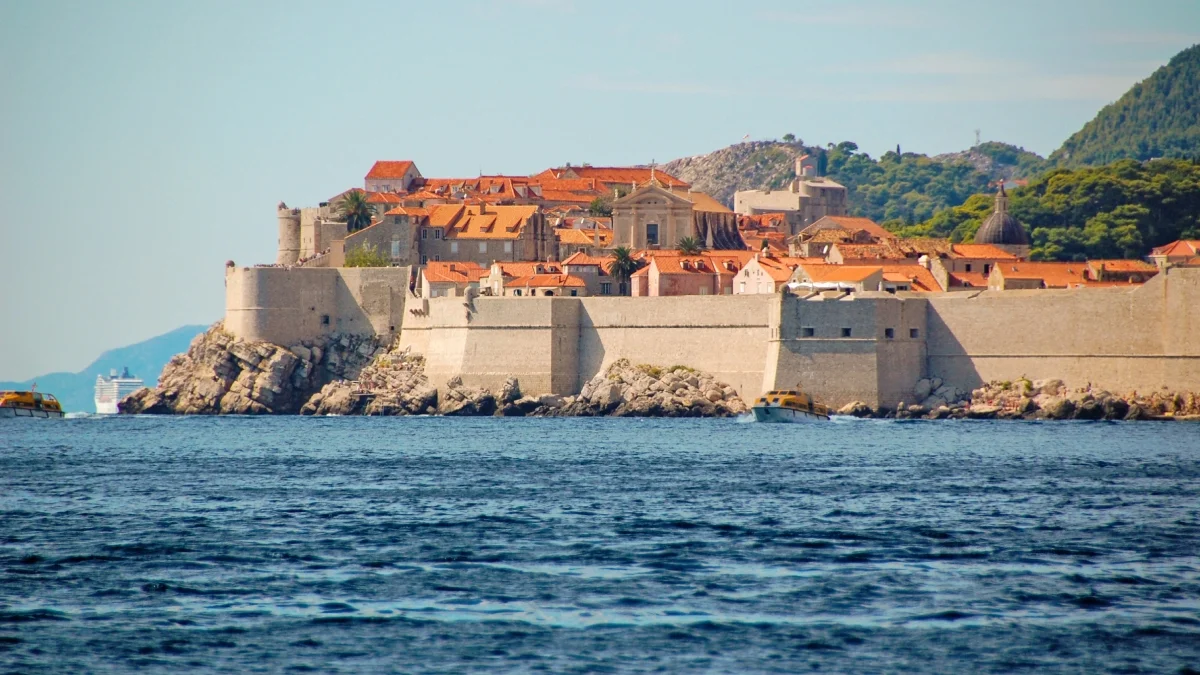
Diocletian’s Palace in Split
The vibrant city of Split grew within the ancient Roman walls of Diocletian’s Palace, built by the emperor himself in 305 AD. Overlooking the sea, the palace blends history and modern life cafés, boutiques, and homes now fill its courtyards. Wander through the marble arches of the Peristyle, visit St. Domnius Cathedral, and climb its elegant bell tower for a panoramic view of the coast. The Old Town, a UNESCO treasure, is entirely pedestrian-friendly, making it perfect for slow exploration and evening strolls.
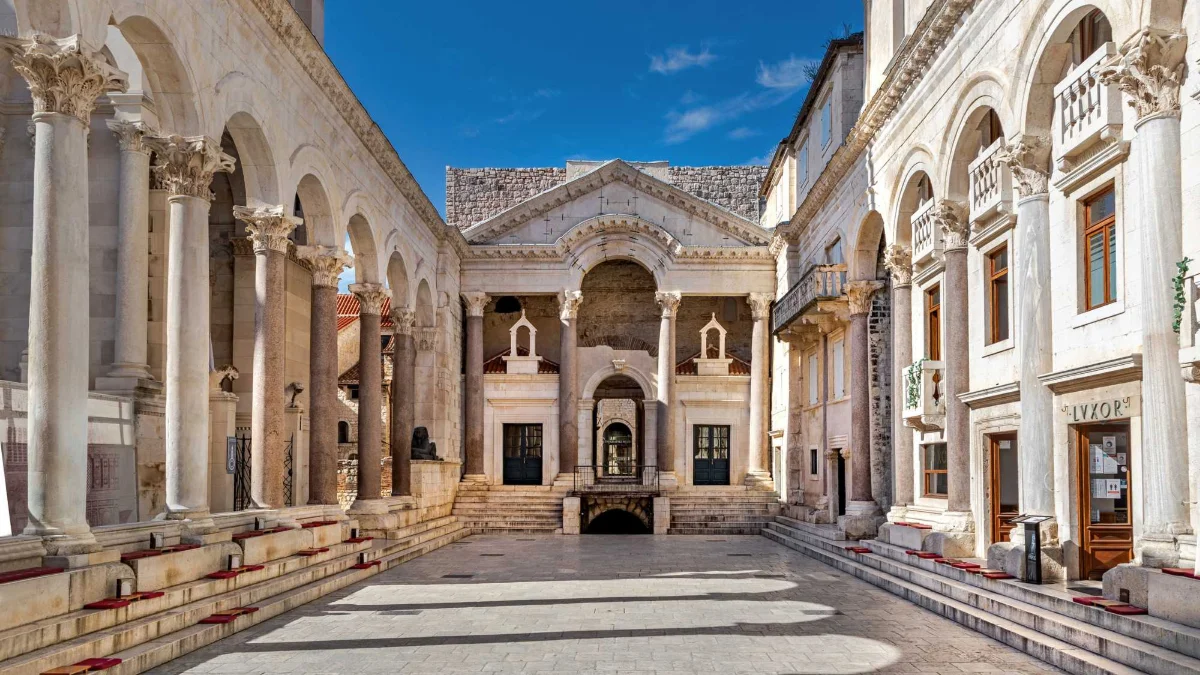
Hvar Town
Among the Dalmatian Islands, Hvar stands out for its glamour and Mediterranean flair. The car-free Old Town of Hvar is a postcard-perfect mix of Venetian palaces, chic restaurants, and boutique hotels. The lively harbor buzzes with yachts and sailboats, while a climb to the hilltop fortress rewards you with stunning sea views. Loved by celebrities and travelers alike, Hvar offers a mix of nightlife, fine dining, and sun-soaked beaches all easily reached by ferry from Split.
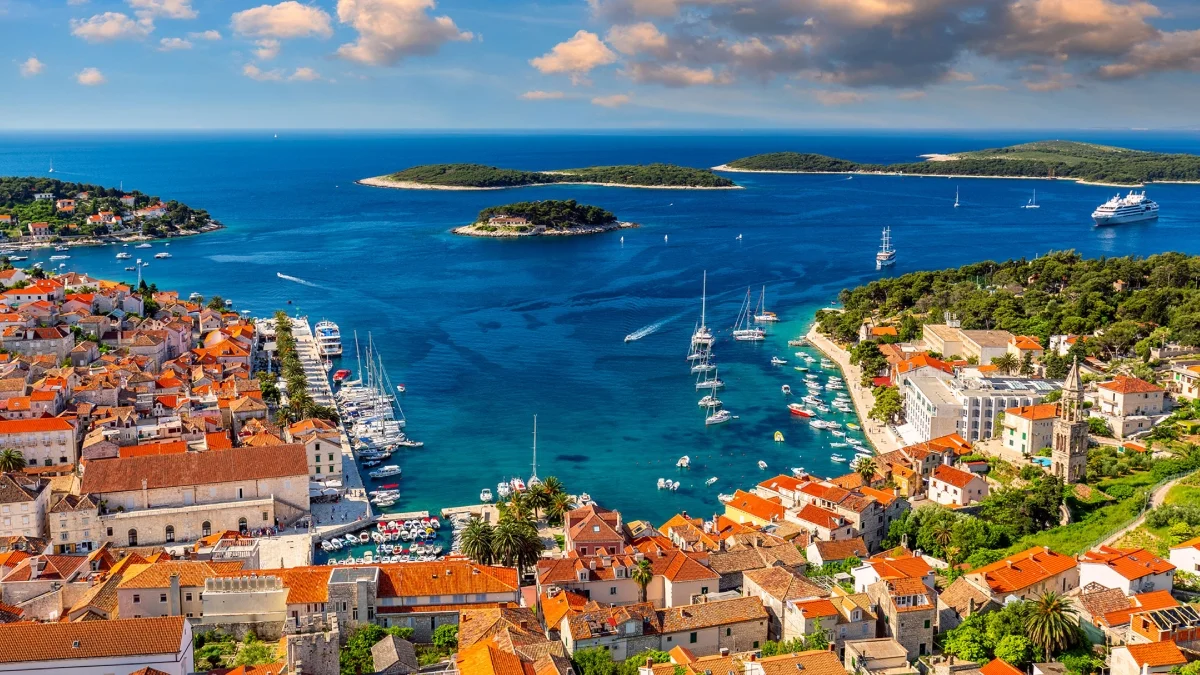
Plitvice Lakes National Park
If there’s one place that captures Croatia’s wild beauty, it’s Plitvice Lakes National Park. This UNESCO-listed wonderland features 16 crystal-clear lakes cascading into one another through a network of waterfalls and forest trails. Wooden walkways wind through the lush landscape, and boat rides offer a peaceful way to experience the emerald waters. The park teems with wildlife, from elusive bears and wolves to eagles and owls. Stay overnight in a nearby lodge or take a guided day trip from Zagreb or Zadar either way, it’s a must-see for nature lovers.
Zagreb’s Upper Town (Gornji Grad)
In the heart of the capital, Gornji Grad, or Upper Town, feels like stepping back into medieval Europe. Highlights include the grand Cathedral of Zagreb, the Croatian Parliament (Sabor), and the colorful tiled roof of St. Mark’s Church. Climb the Lotrščak Tower for sweeping city views, then don’t miss the quirky and touching Museum of Broken Relationships, a favorite among visitors. Zagreb’s charm lies in its blend of old-world architecture and youthful creative energy.
Kornati National Park
Scattered across the Adriatic like jewels, the Kornati Islands form one of Croatia’s most stunning national parks. Spanning 35 kilometers in length, this archipelago of over 80 rocky, sun-bleached islands is largely uninhabited, save for a few stone huts once used by fishermen and shepherds. Today, they serve as summer getaways or seaside taverns. The best way to explore the Kornati is by private yacht or sailing tour from Biograd-na-Moru, Zadar, or Šibenik gliding between the islands, swimming in hidden coves, and savoring freshly grilled seafood under the open sky.
Zadar’s Timeless Churches
Perched on a small peninsula, Zadar’s old town feels like stepping back in time. Marvel at Romanesque churches dating from the 9th to 13th centuries, adorned with intricate gold treasures and sacred art. Highlights include the pre-Romanesque St. Donatus, St. Mary from the 11th century, and the 12th-century St. Anastasia and St. Chrysogonus. Modern attractions like the Sea Organ and the Sun Salutation add a playful, sensory twist to this historic setting.
Zlatni Rat Beach
Bol’s Zlatni Rat, also known as the Golden Horn, is one of Croatia’s most photographed beaches. Its unique shape, formed by fine pebbles, stretches boldly into the sea and shifts subtly with the currents and wind. Fringed by pine trees for shade and overlooked by the rugged peaks of Vidova Gora, the beach is alive in summer with sunbathers, umbrellas, and watersport enthusiasts.
Swim in its clear waters from June to September, or try paddleboarding, kayaking, or banana boating. Windsurfers will find it a paradise. Accessible via ferry or catamaran from Split, Zlatni Rat is a must-see coastal gem.
Korčula Town
Compact and charming, Korčula Town sits on a small peninsula surrounded by medieval walls and towers. Its narrow, car-free streets follow a herringbone pattern, offering shelter from the breeze while leading visitors past centuries-old stone homes built under Venetian rule. Explore the Marco Polo House, said to be the explorer’s birthplace, or enjoy the traditional Moreska sword dance performed for tourists during summer evenings. Korčula is easily reached by catamaran from Split year-round or Dubrovnik in summer.
Mljet National Park
On the western side of Mljet Island lies a paradise for nature lovers. Two connected, turquoise saltwater lakes dominate the park, one housing a small island with a 12th-century Benedictine monastery, accessible by boat. Explore hiking trails that wind through dense forests, cycle along the 9 km lake perimeter, or rent a kayak to paddle across calm waters. Don’t miss the local culinary delight: freshly caught lobster. Visitors typically stay in the island’s single hotel or in summer guest rooms offered by local families. Ferries and boats connect Mljet to Dubrovnik.
Rovinj
On the Istrian Peninsula, Rovinj greets travelers with pastel-hued houses cascading toward a picturesque fishing harbor, crowned by a hilltop church and elegant bell tower. Nearby pebble beaches beckon, while the Batana Eco-Museum tells the story of the local wooden boat tradition. Savor fresh seafood in lively markets, admire art galleries, or immerse yourself in the unique Croatian-Italian dialect spoken by locals. Pula Airport is the nearest gateway.
Brijuni National Park
The Brijuni archipelago off Istria is a collection of serene, pine-scented islands, with Veli Brijun open to visitors. Wander the landscaped park, encounter exotic animals gifted to former Yugoslav President Tito, and explore remnants of a Roman villa. Two hotels and a golf course offer modern comforts, while boat access from Fažana, just north of Pula, completes the adventure.
Croatia offers a captivating mix of history, culture, and natural beauty that leaves every traveler inspired. From the vibrant streets of Zagreb to the ancient coastal towns and sun-kissed islands, there is something for everyone to explore. For those planning their trip, Flextopics showcases the best places to visit in Croatia, ensuring you don’t miss the country’s most unforgettable sights and experiences.

